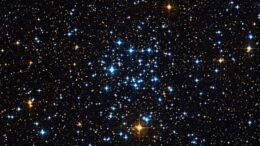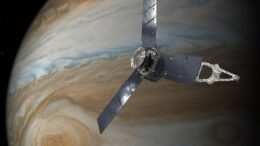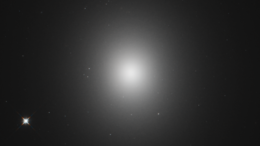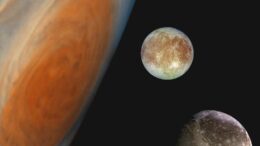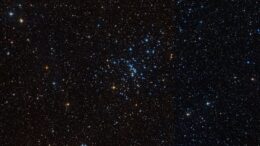Messier 50
DescriptionVisible From Pacific NorthwestNovember to MarchBest Time To ObserveDecember, January, and FebruaryMinimum Size Of Viewing DeviceSmall TelescopeObject TypeOpen ClusterDesignationsMessier 50, M50, NGC 2323, Collinder 124, OCl 559.0, C 0700-082, MWSC 1072Right Ascension07h 03.2mDeclination-08°20′ConstellationMonocerosNumber Of StarsMore…
